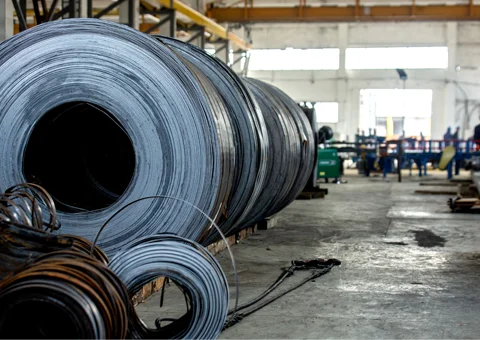According to the Spanish steelmakers’ association Unesid, in 2023, production in the country’s steel industry fell to almost the level of 2020, when industrial activity was paralyzed by the coronavirus pandemic. At the same time, the forecast for 2024 is moderately optimistic, according to Kallanish.
The Spanish steel industry is facing ongoing challenges due to high electricity prices, said Unesid CEO Andrés Barceló on the sidelines of a specialized forum. The average electricity consumption in the pool last year was 87.1 kWh. This is almost twice as high as in 2019, which negatively affects the industry’s competitiveness.
In addition, Unesid assures that high CO2 emission costs and a slowdown in European steel demand continue to hamper the steel sector.
Barcelo noted that despite the turbulence of the past two years, the initial data for 2024 is encouraging. He reiterated the industry’s commitment to decarbonization, but steelmakers need the support of the Spanish authorities to guarantee their competitiveness.
In 2023, Spain reduced steel production by 1.2% y/y – to 11.4 million tons. At the same time, ferrous scrap processing increased by 3.2% y/y – to 9.3 million tons. Domestic steel consumption reached 12.6 million tons, up 1.2% from 2022, with imports from third countries accounting for 30% of the total.
As GMK Center reported earlier, in February 2024, Spanish steelmakers reduced steel production by 10.6% compared to the same month in 2023, to 890 thousand tons. Thus, the country was ranked 17th in the global ranking of steel-producing countries (71) by the WorldSteel Association. In January-February, Spain increased steel production by 2.6% yoy to 1.84 million tons.

